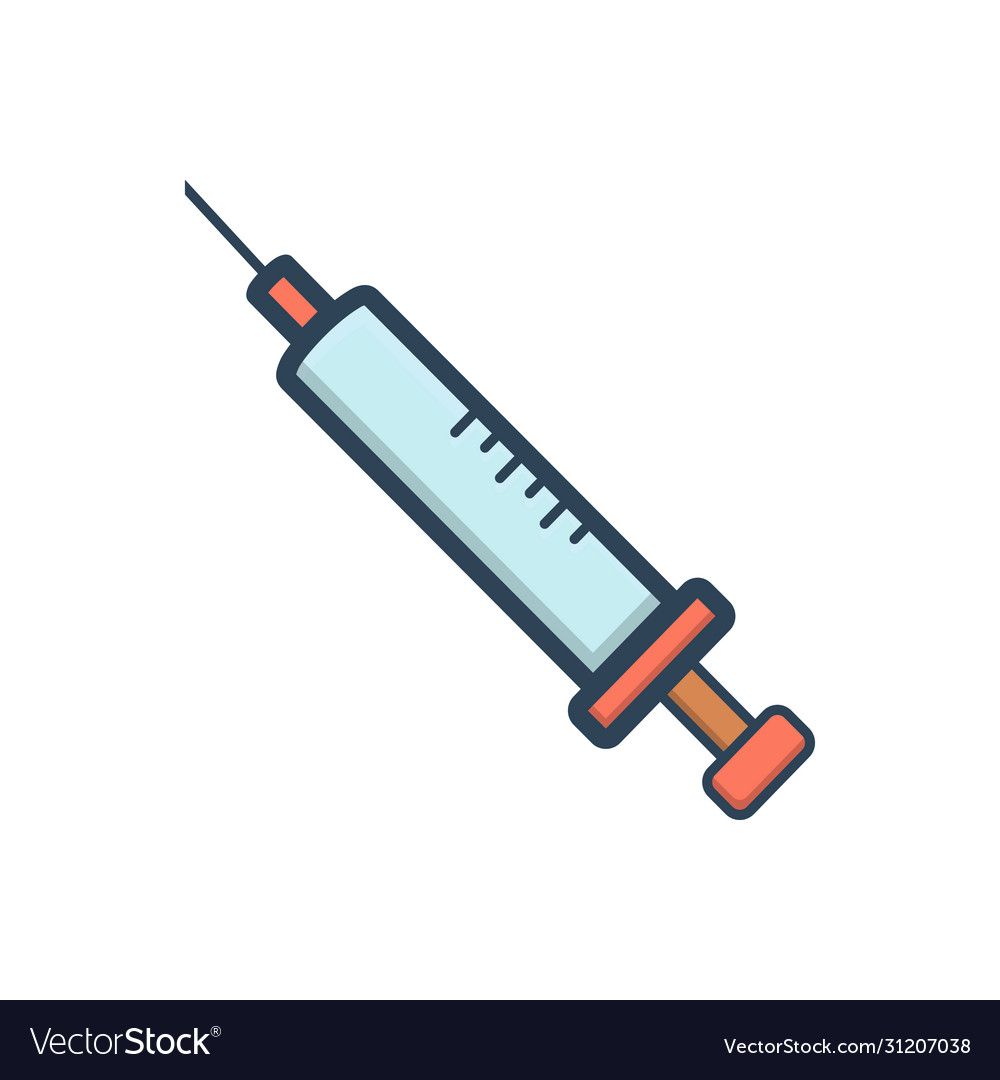Aztreonam
Indications
Aztreonam is indicated in the treatment of the following infections caused by susceptible aerobic Gram-negative micro-organisms
Urinary tract infections: Pyelonephritis, cystitis (initial and recurrent) and asymptomatic bacteriuria (including those due to pathogens resistant to the aminoglycosides, cephalosporins or penicillins).
Gonorrhea: Acute uncomplicated urogenital or anorectal infections.
Lower respiratory tract infections: Including pneumonia, bronchitis and lung infections in patients with cystic fibrosis.
Skin and soft tissue infections: Postoperative wounds, ulcers and burns.
Meningitis: Caused by Haemophilusinfluenzae or Neisseria meningitidis.
Gynecological infections: Pelvic Inflammatory Disease (PID), endometritis and pelvic cellulitis.
Intra-abdominal infections: Peritonitis.
Bacteremia/ septicemia: Septicemia caused by Escherichia coli, Klebsiella pneumoniae, Pseudomonas aeruginosa,Proteus mirabilis, Serratia marcescens and Enterobacter species.
Bone and joint infections: Osteomyelitis,septic arthritis.
Aztreonam is also indicated for adjunctive therapy to surgery in the management of infections caused by susceptible organisms. Patients with serious Pseudomonas infections may benefit from concurrent use of Aztreonam and an aminoglycoside because of their synergistic action.
Pharmacology
Aztreonam is a synthetic bactericidal monobactam antibiotic. It inhibits bacterial cell wall synthesis by blocking peptidoglycan crosslinking. The inhibition of bacterial cell wall synthesis occurs due to a high affinity of Aztreonam for penicillin binding protein 3 (PBP3). By binding to PBP3, Aztreonam inhibits the third and last stage of bacterial cell wall synthesis. Cell lysis is then mediated by bacterial cell wall autolytic enzymes such as autolysins. It is possible that Aztreonam interferes with an autolysin inhibitor.
Dosage And Administration
Adults: The usual dose of Aztreonam is 3 to 4 gm daily (maximum recommended dose is 8 gm daily). The dosage and route of administration should be determined by the susceptibility of the causative organisms, severity of infection and the condition of the patient. In case of Pseudomonas aeruginosa infections, 2 gm every 6 or 8 hours is recommended.
Children: The usual dosage for patients older than one week is 30 mg/kg/dose every 6 or 8 hours. For severe infections in patients 2 years of age or older, 50 mg/kg/dose every 6 or 8 hours is recommended.Dosage information is not yet available for new-born less than 1 week old.
Dosage Guideline for adult:
- Urinary tract infections: 500 mg or 1 gm; 8 or 12 hourly
- Moderately severe systemic infections: 1 g or 2 gm; 8 or 12 hourly
- Severe systemic or life-threatening infections: 2 gm; 6 or 8 hourly
- Maximum recommended dose is 8 gm/ day.
Dosage Guideline or pediatric:
- Mild to moderate infections: 30 mg/kg; 8 hourly
- Moderate to severe infections (2 years or older): 50 mg/kg; 6 or 8 hourly
- Maximum recommended dose is 120 mg/ kg/ day.
Administration
Intramuscular administration: The dose should be given by deep injection into a large muscle mass. Aztreonam is well tolerated and should not be administered with any local anesthetic agent. For each gram of Aztreonam add at least 3 ml water for injection BP and shake well.
Intravenous administration: A bolus injection may be used to initiate therapy. The dose should be slowly injected directly into a vein, or the tubing of a suitable administration set, over a period of 3 to 5 minutes.
For infusion: Each gram of Aztreonam should be initially constituted with at least 3 ml of water for injection BP. The resulting solution should be diluted with an appropriate infusion solution to a final concentration not exceeding 2% w/v (at least 50 ml solution per gram Aztreonam). The Aztreonam infusion should be administered over a 20-60 minute period. A number of intravenous solutions may be used as diluents for the administration of Aztreonam by intravenous infusion.These include sodium chloride injection, dextrose and mixed injections of sodium chloride and dextrose, Ringers and lactated Ringers injection,water for injection etc.
Interaction
Concomitant administration of probenecid or furosemide and Aztreonam causes clinically insignificant increases in the serum levels of Aztreonam.
Contraindications
This preparation is contraindicated in patients with known hypersensitivity to Aztreonam or any other component in the formulation.
Side Effects
Local reactions such as phlebitis/thrombophlebitis following IV administration and discomfort/swelling at the injection site following IM administration may occur. Systemic reactions like diarrhea, nausea and/or vomiting, and rash may occur. Other side effects include anaphylaxis, angioedema, bronchospasm, pancytopenia, neutropenia, thrombocytopenia, anemia, eosinophilia, leukocytosis, thrombocytosis, abdominal cramps, dermatitis, urticaria, pruritus, hypotension, flushing, seizure, weakness, headache, fever, malaise may occur.
Pregnancy And Lactation
Pregnancy Category B. Aztreonam crosses the placenta and enters the fetal circulation. So it should be used during pregnancy only if the potential benefit justifies the potential risk.
Aztreonam is excreted in breast milk in concentrations that are less than 1% of concentrations determined in simultaneously obtained maternal serum. Temporary discontinuation of nursing is recommended.
Precautions And Warnings
In patients with impaired hepatic or renal function, appropriate monitoring is recommended during therapy.
Overdose Effects
If necessary, Aztreonam may be cleared from the serum by hemodialysis and/or peritoneal dialysis.
Therapeutic Class
Other beta-lactam Antibiotics
Use in special populations
Renal Impairment: In patients with impaired renal function, the normal recommended initial dose should be given. This should be followed by maintenance doses as below:
Creatinine clearance (10–30 ml/min): Maintenance dose is half of the initial dose.
Creatinine clearance (Less than 10 ml/min): One quarter of the initial dose.
The normal dose interval should not be altered. In patients on haemodialysis, a supplementary one eighth of the initial dose should be given after each dialysis.
Recommended for children of one week and older. Aztreonam for injection should be administered intravenously to pediatric patients with normal renal function. There are insufficient data regarding intramuscular administration to pediatric patients or dosing in pediatric patients with renal impairment.
Storage Conditions
Store in a cool & dry place, protected from light & moisture. Keep all medicines out of reach of children.
